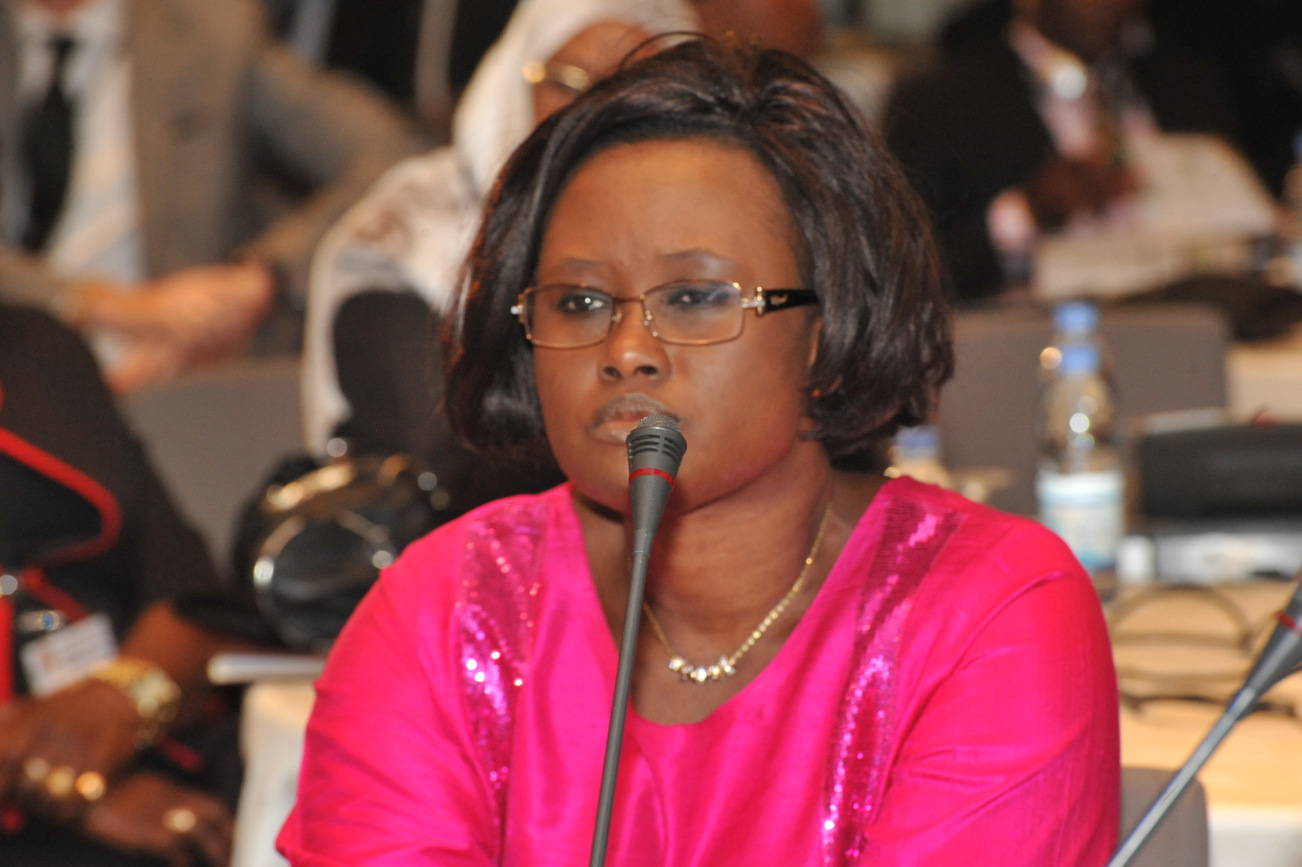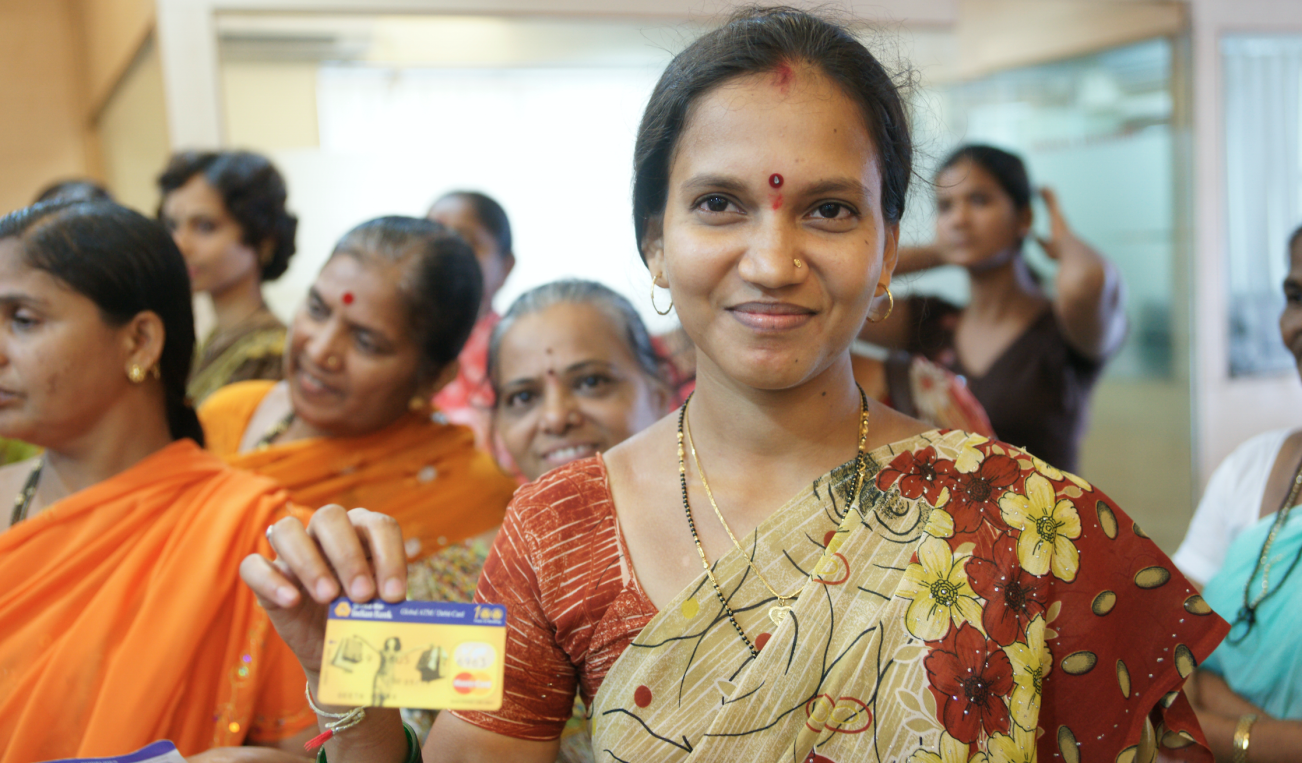7 March 2016
Bridging the gap: Lessons to promote financial inclusion for women
Expanding financial inclusion for women requires deliberate attention from policymakers, not too forceful, not too interventionist. You don’t need gender-specific policies, but rather polices that work for women.
Despite overall progress in financial inclusion, data suggests the gender gap persists.
In 2015, the Alliance for Financial Inclusion (AFI) commissioned a research study to identify successful policy measures to support women’s financial inclusion. Conducted by AFI in partnership with Women’s World Banking, we spoke to a number of policymakers, regulators and thought leaders, many of whom are members of the AFI network. Twelve national financial inclusion strategies were reviewed. While policy strategies are unique to each country based on specific needs and realities, we found common lessons for promising policy measures to accelerate women’s financial inclusion.
Greater focus on the value proposition of women’s financial inclusion, with explicit policy objectives and quantitative targets, can lead to transparent and inclusive policies for women. While more attention has been given to the value proposition of women’s financial inclusion, this has not always been translated into defined policy objectives. Of the 12 national strategies reviewed, seven make a specific reference to women, with only four strategies with explicit quantitative targets related to women.
Another critical measure is collecting gender-disaggregated data and conducting policy-related research. This allows for a better understanding of the women segment and leads to a more informed policy development. Gender-disaggregated portfolio performance data can facilitate the setting of regulatory and business strategies to better serve the segment. It provides a more accurate picture of women’s credit worthiness and identifies women’s specific needs for financial services.
Innovation and technology can be the levers to accelerate women’s financial inclusion. However, current constraints in the legal and regulatory environment have affected women disproportionately. Reforms to legal and regulatory frameworks can create space for innovation that support greater financial inclusion for women. This includes addressing the issues of an ID system to facilitate KYC requirements, lack of data to inform policymaking and discriminatory laws relating to women’s access to financial services. The increasing focus on digital financial services in most national strategies have led to reforms of legal and regulatory frameworks that enable better access to financial services for women.
Financial infrastructure is a critically important component to support the implementation of sound policy. Current financial infrastructure does not provide for adequate access to an effective retail payments infrastructure including mobile phones. Other constraints include lack of collateral registries and credit bureaus. In Nigeria, Papua New Guinea and Tanzania, the focus on digital financial services has led to development of digital payments infrastructure. Countries such as Malawi, Namibia, Nigeria and Burundi are making good progress to address the issue of movable collateral.
Another fundamental element is strong financial consumer protection regulation to address the concerns and issues of women clients. As financial systems and markets evolved, new and sophisticated financial products and services are emerging. As women tend to be more vulnerable to abuse and aggressive business practices, adequate redress mechanisms and consumer protection must be in place to instil confidence in the institution and financial system.

Of equal importance are the financial education and financial literacy programs for women. This is a critical investment in women’s financial inclusion as it can empower women to make informed decisions regarding financial products and services. In 2015 at AFI’s Bridging the Gap conference, participants stressed the need for financial literacy and financial education in formulating national financial inclusion strategies. Public-private partnerships and the advocacy role of regulators were among recommendations being suggested.
Finally, strengthening women’s legal rights and addressing broad societal issues are key to accelerating women’s inclusion in overall economic development. Although this goes beyond the financial sector sphere, tackling legislation and regulations that address social norms will have important repercussions to ensure sustainable women’s financial inclusion.
In 2016, AFI continues to have financial inclusion for women high on its priority agenda. With 1.1 billion unbanked women globally largely from non-developed economies, AFI members are in a strong position to support women’s financial inclusion.
On 28 April 2016, high-level members of the AFI network in Africa and beyond, as well as key stakeholders, will gather for a conference in Dar es Salaam, Tanzania, to formulate an action plan to support greater financial inclusion for women. The conference will look into how to successfully integrate gender perspective in formulating national financial inclusion strategies.

As part of the action plan, AFI will look into mainstreaming women’s financial inclusion as a cross-cutting issue in all the work streams of AFI. AFI working groups will examine issues relating to access to finance for women within their mandates. AFI’s Board has also decided to establish a high-level committee on women’s financial inclusion to provide strategic direction and leadership.
Promoting financial inclusion for women will be one of the core agenda items at the 2016 AFI Global Policy Forum (GPF) in Nadi, Fiji, on 7-9 September. This is also in line with global initiatives to support gender equality in finance and economic development.
The Addis Ababa Action Agenda affirms commitments by countries to ensure gender equality and women’s empowerment for sustainable development. The United Nations 2030 Agenda for Sustainable Development made explicit the goal to “promote gender equality and empower all women and girls.” At the upcoming GPF, AFI envisages that more than 450 of the world’s leading financial inclusion policymakers from the AFI network will adopt an action plan, and pledge commitments to the Maya Declaration to accelerate access to finance for women.
As a network that has peer learning and sharing as its cornerstone, AFI members can benefit from positive peer influence to implement smart policies and make commitments to close the financial gender gap.
ABOUT THE AUTHOR
Jane Lucia Duasing is a Senior Policy Analyst at the Alliance for Financial Inclusion.
© Alliance for Financial Inclusion 2009-2024